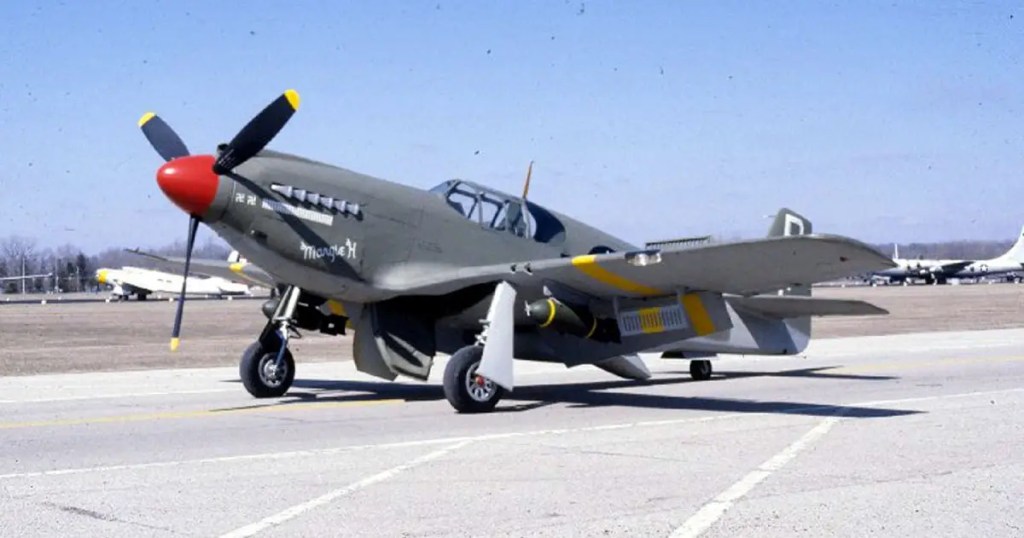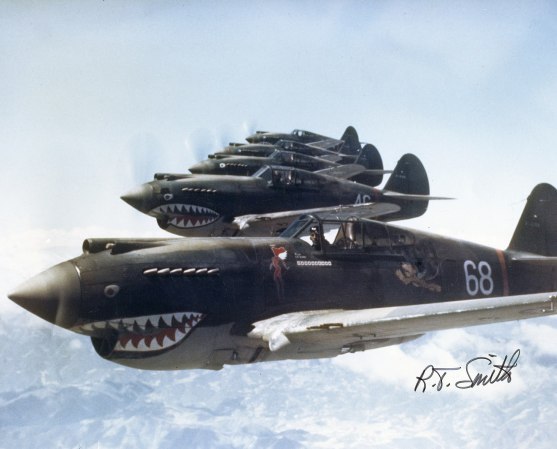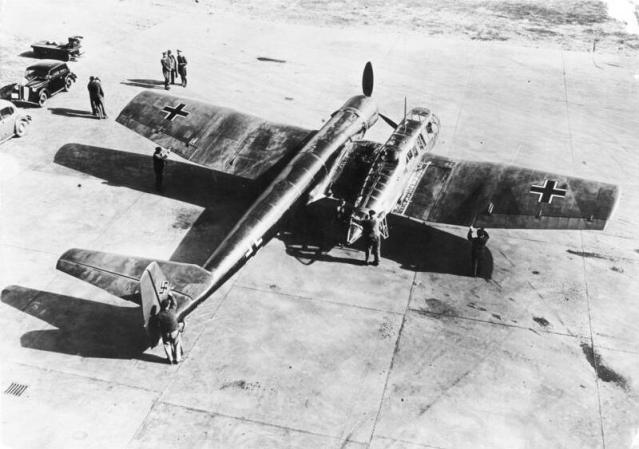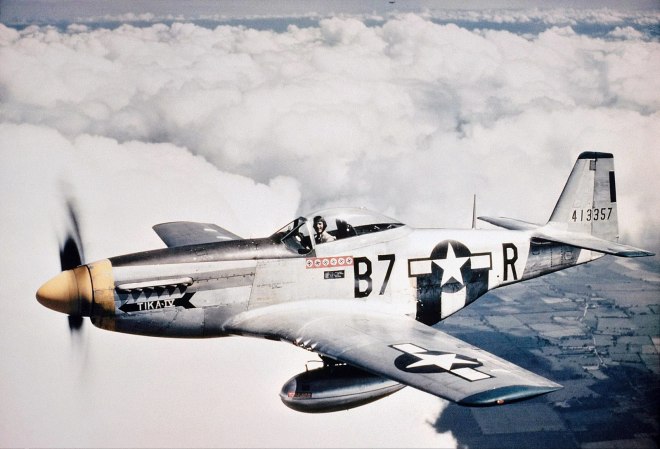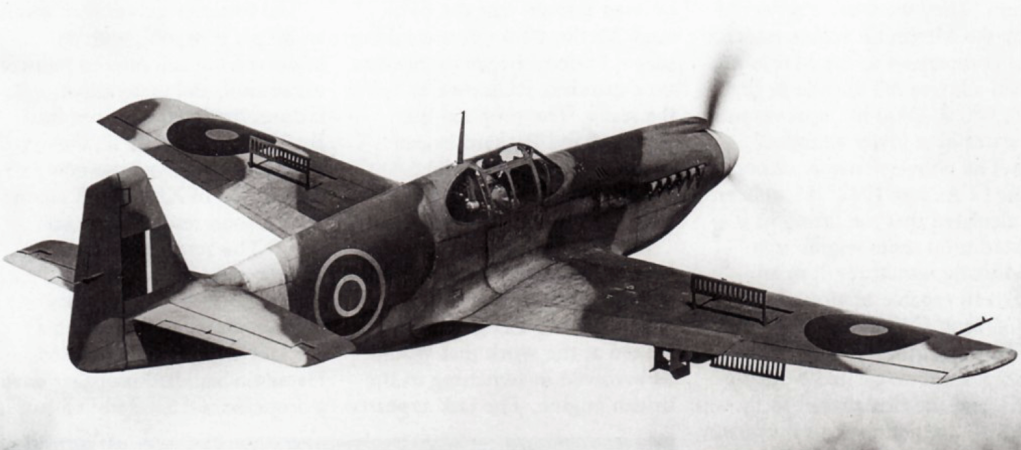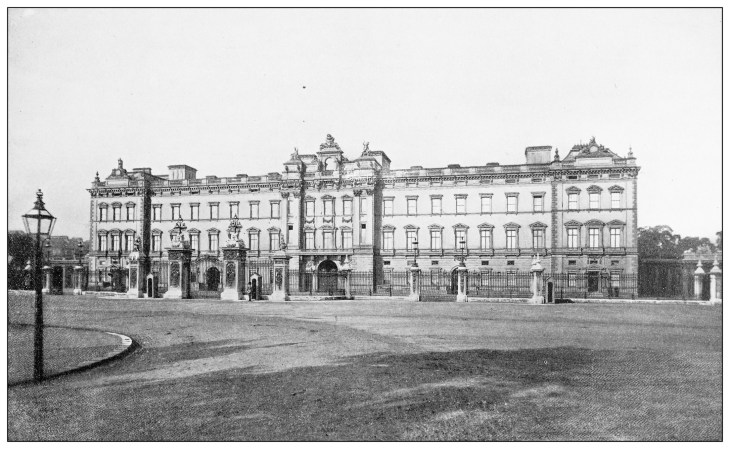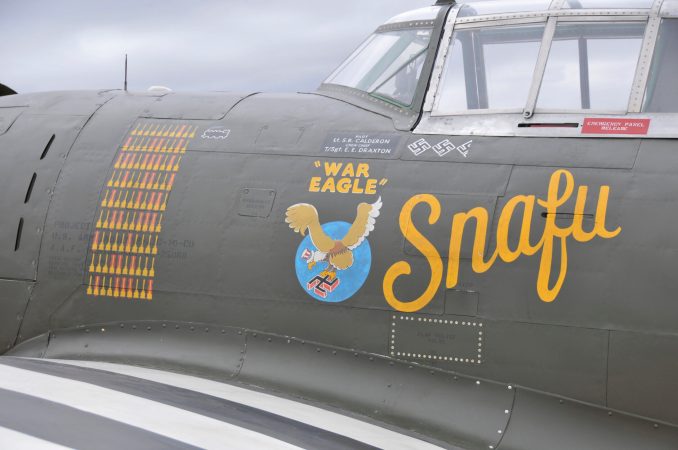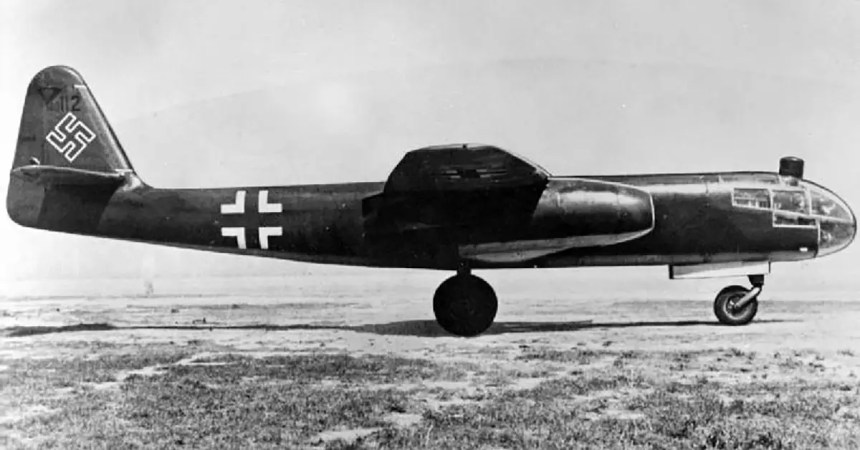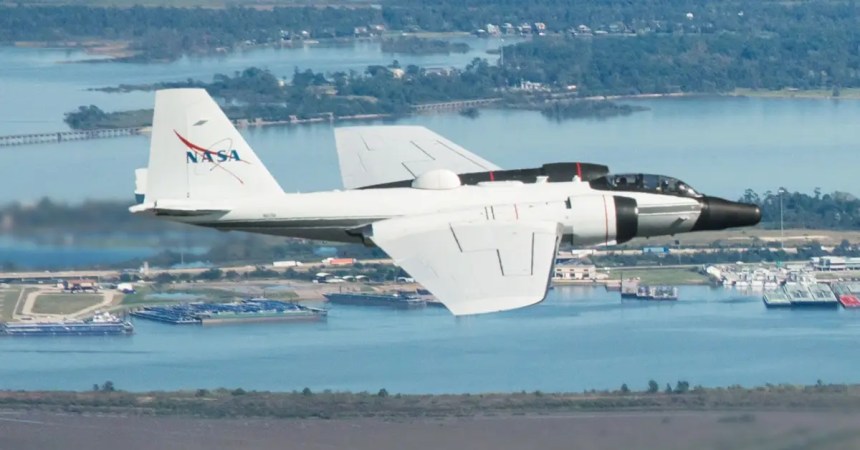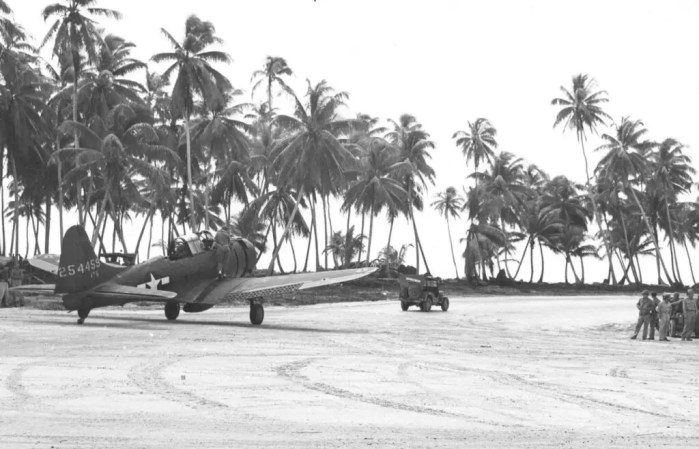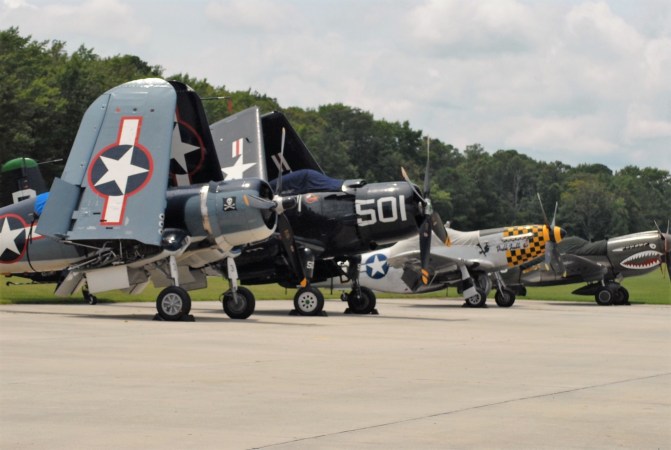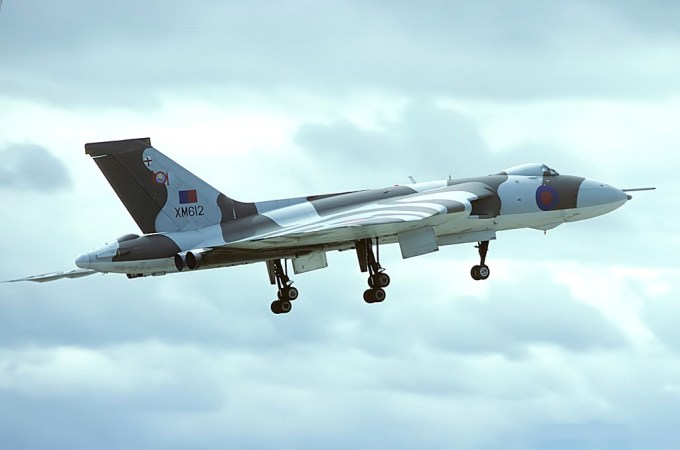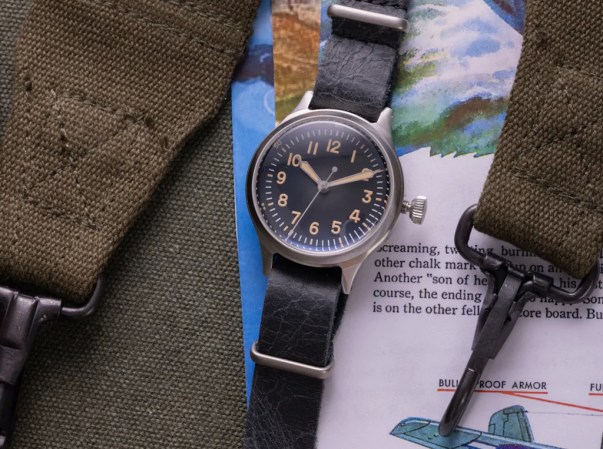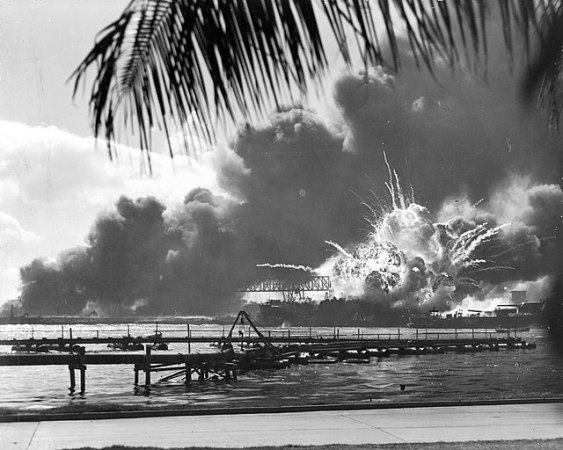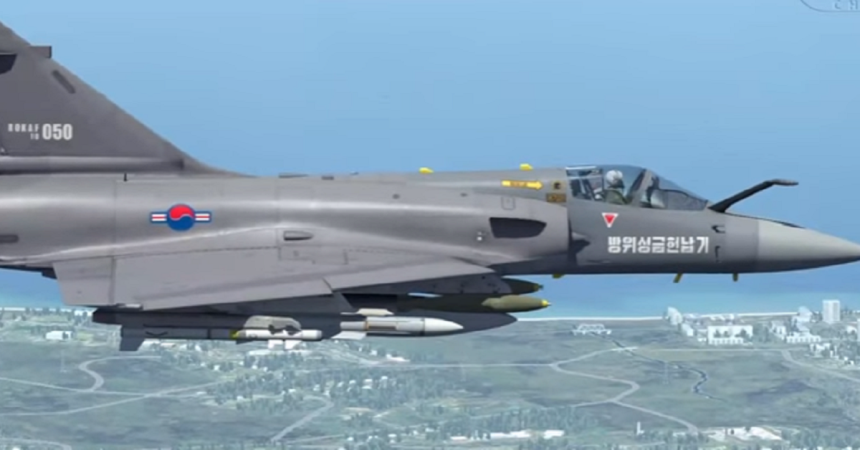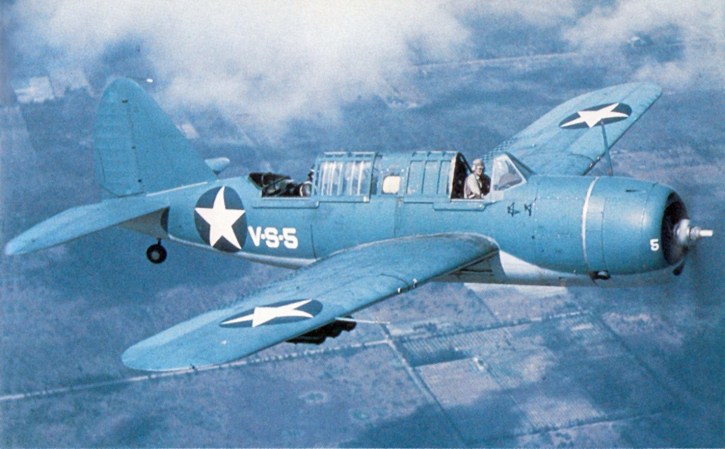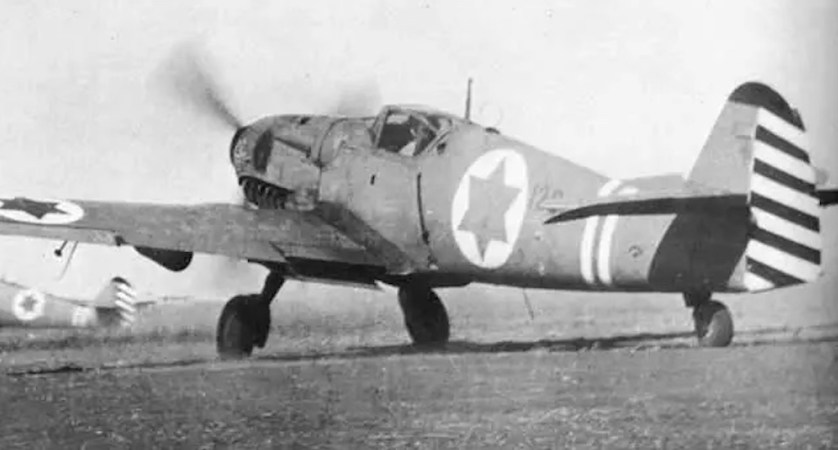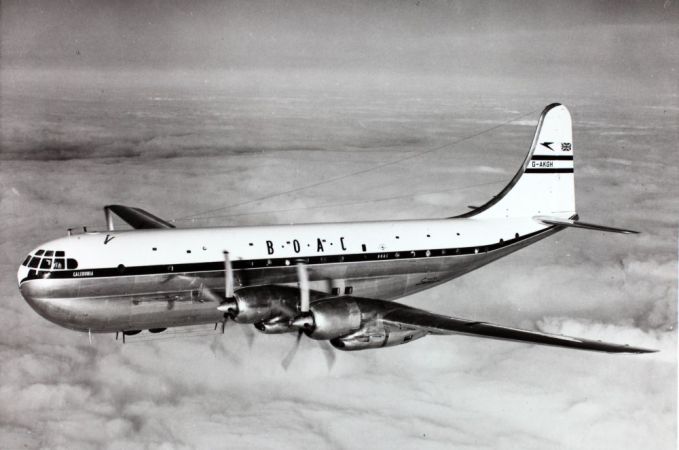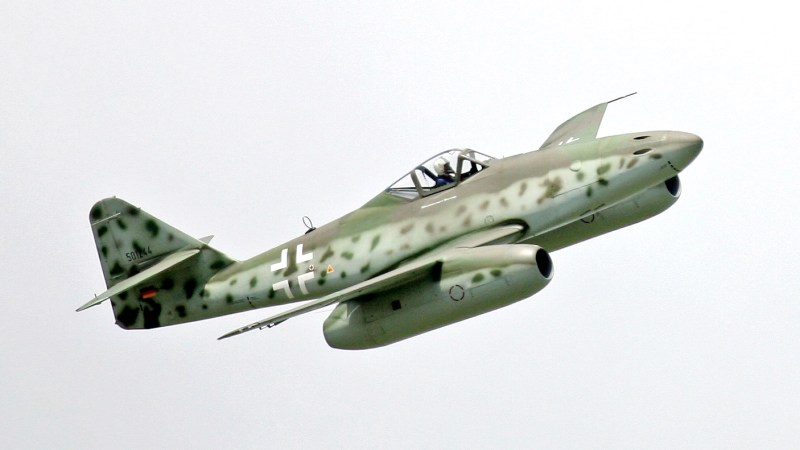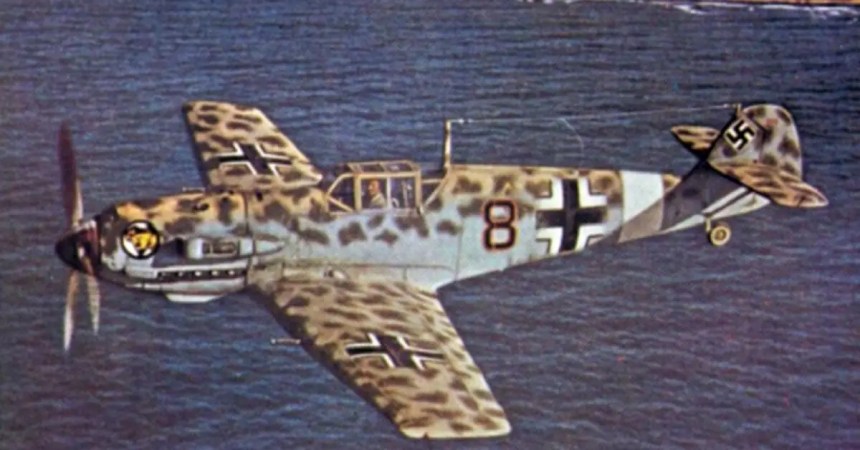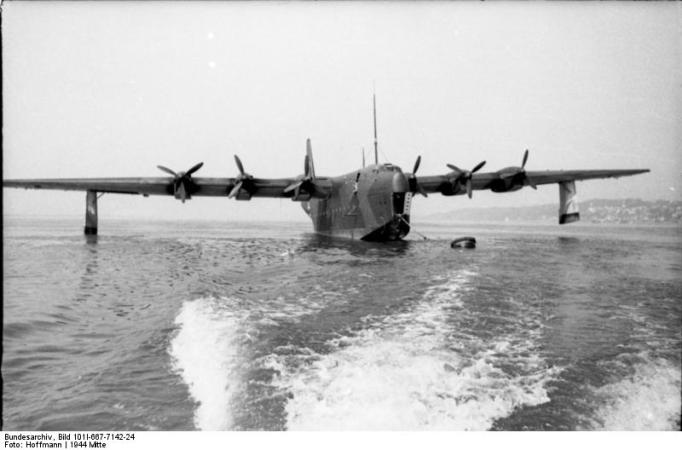The P-51 Mustang is best known as a long-range escort fighter that helped the bombers of the Eighth Air Force blast Germany into rubble. But this plane’s first combat experience came in a very different form – as a dive bomber.
The United States Army Air Force didn’t originally buy the Mustang as a fighter, but as a dive bomber, according to aviation historian Joe Baugher. A 1995 Airpower Magazine article reported that the decision to buy a dive-bomber version was made to keep the line open because the Army Air Force had drained its fighter budget for 1942.
The A-36 was officially called the Mustang to keep the Germans from knowing about the dive-bomber variant. Some sources reported the plane was called the Apache or Invader – even though the latter name was taken by the A-26 Invader, a two-engine medium bomber. No matter what this plane’s name was, it could deliver two 500-pound bombs onto its target.

According to an Air Force fact sheet, the A-36 was equipped with an Allison engine similar to those used on the P-38 Lightning and P-40 Warhawk fighters as opposed to the Rolls Royce Merlin. This plane had a top speed of 365 miles per hour and a range of 550 miles. It also had same battery of six M2 .50-caliber machine guns that the P-51 had. The guns were in a different arrangement (two in the fuselage, four in the wings) due to the bomb shackles attached to the wings of the A-36.
Only 500 of these planes were built, and 177 were lost to enemy action. This is because, like the P-51, the A-36’s liquid-cooled engine was easier to disable than the air-cooled engine used on the P-47 Thunderbolt and F4U Corsair. However, the A-36 did score 101 air-to-air kills. This was despite being the Mustang with the “bad” Allison engine. One pilot, Michael T. Russo, achieved the coveted status of “ace” in the A-36, scoring five kills according to MustangsMustangs.net.

Ultimately, the A-36 saw some action in the Mediterranean Theater of Operations and in the China-Burma-India Theater of Operations. It eventually was retired and replaced, but in one ironic twist, eventually, the P-51, intended as a long-range escort, was equipped to carry the same two 500-pound loadouts the A-36 could carry. You can see a World War II-era newsreel on the A-36 below.
While it’s not a bad plane, for ground-attack missions, the P-47 and F4U were probably better planes for the job.


